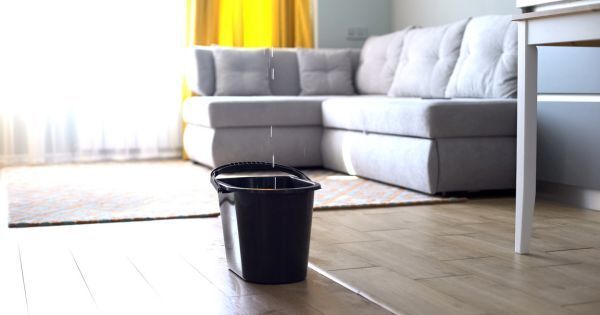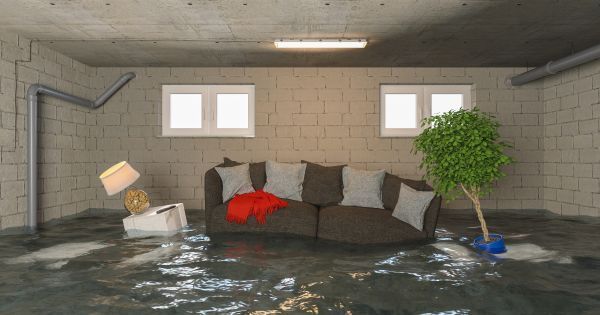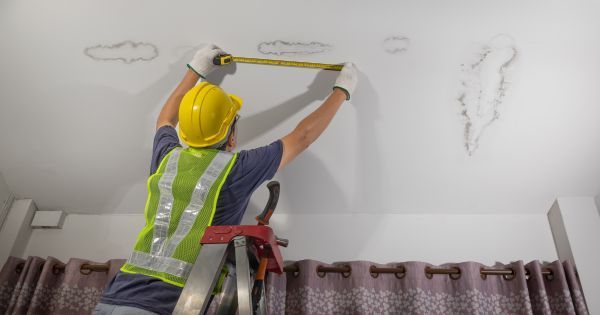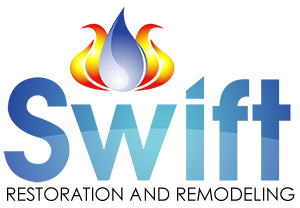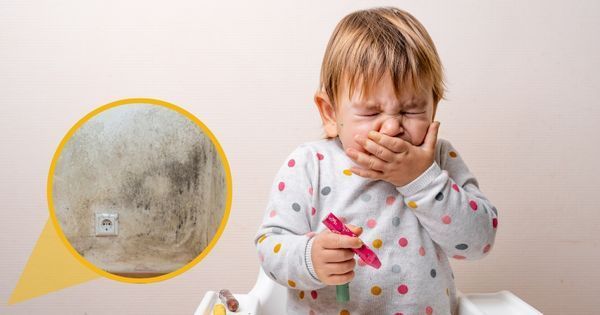
What Are the Mold Exposure Symptoms in Toddlers?
If you suspect mold exposure symptoms in toddlers, you're not alone.
Mold removal Ogden UT is a critical service, especially when it comes to safeguarding your little ones' health. Mold isn't just an eyesore on walls or ceilings. It can lead to serious health issues, particularly for toddlers whose immune systems are still developing.
What Are the Mold Health Issues?
Mold exposure can lead to different
mold health issues, ranging from mild allergic reactions to severe respiratory problems. While adults may experience symptoms like coughing, sneezing, or skin irritation, toddlers may manifest symptoms differently. They might exhibit signs such as persistent coughing, wheezing, or frequent respiratory infections.
The Most Common Mold Exposure Symptoms in Toddlers
Signs of mold exposure in toddlers can be subtle and easily overlooked. Keep an eye out for symptoms like:
- Frequent Runny Nose: Mold spores can irritate the nasal passages, leading to persistent stuffy or runny noses in toddlers.
- Skin Rashes: Mold exposure can trigger allergic reactions in some toddlers, resulting in skin irritation, redness, or rashes.
- Unexplained Coughing and Sneezing: Mold spores in the air can irritate the respiratory system, causing toddlers to cough and sneeze frequently.
- Difficulty Breathing: In severe cases of mold exposure, toddlers may experience difficulty breathing or wheezing, especially if they have underlying respiratory conditions such as asthma.
- Chronic Fatigue:
Mold toxicity can drain a toddler's energy levels, leading to persistent fatigue and lethargy even after a full night's sleep.
What About Symptoms Due to Black Mold Exposure?
Black mold, also known as
Stachybotrys chartarum, is particularly concerning due to its toxic properties. Symptoms of black mold exposure, or shorter, black mold symptoms in toddlers can include:
- Respiratory Issues: Black mold produces mycotoxins, which can irritate the respiratory system and lead to symptoms such as coughing, wheezing, shortness of breath, and chest tightness. These symptoms can be particularly severe in toddlers with asthma or other respiratory conditions.
- Headaches: Exposure to black mold can trigger headaches in toddlers, ranging from mild discomfort to severe migraines.
- Neurological Symptoms: In some cases, black mold exposure can lead to neurological symptoms such as memory problems, dizziness, and confusion.
Mold Toxicity in Kids
Mold toxicity syndrome, also known as mold illness, can affect older kids as well. This condition occurs when the body's immune system reacts negatively to mold exposure, leading to a range of mold symptoms in kids apart from the ones above:
- Nausea: Mold exposure can lead to nausea and stomach discomfort in kids, often accompanied by vomiting or stomachaches.
- Difficulty Concentrating: Mold toxicity can impair cognitive function in kids, making it challenging for them to focus, learn, and retain information.
- Mood Changes:
Mold toxicity syndrome can affect kids' moods, leading to irritability, anxiety, depression, or other emotional disturbances.
Eco-Friendly Tips to Treat Mold in Your Kids’ Playrooms or Bedrooms
When it comes to mold removal, it's essential to prioritize your child's safety. Opt for eco-friendly cleaning solutions to eliminate mold growth without exposing your toddler to harmful chemicals. Here’s the outline of the options you can use:
- Use Vinegar: Vinegar is a natural and effective solution for killing mold. Mix equal parts vinegar and water in a spray bottle and apply it to moldy surfaces. Let it sit for several hours before wiping it clean with a damp cloth.
- Baking Soda: Baking soda is another eco-friendly option for removing mold. Sprinkle baking soda directly onto moldy surfaces and scrub gently with a damp sponge or brush. Rinse thoroughly with water and allow the area to dry.
- Tea Tree Oil: Tea tree oil has antifungal properties that can help eliminate mold. Mix 1 teaspoon of tea tree oil with 1 cup of water in a spray bottle and shake well. Spray the solution onto moldy areas and leave it to dry without rinsing.
- Increase Ventilation: Improving ventilation in your home can help prevent mold growth by reducing moisture levels. Open windows and doors to allow fresh air to circulate, especially in areas prone to dampness such as bathrooms and basements.
- Use Dehumidifiers: Dehumidifiers are effective tools for controlling humidity levels and preventing mold growth. Place a dehumidifier in your kid’s playroom or bedroom to maintain optimal humidity levels between 30% and 50%.
- Clean Regularly: Regular cleaning is essential for preventing mold growth in your home. Vacuum carpets and upholstery, dust surfaces, and wipe down walls and ceilings regularly to remove dust and mold spores.
- Repair Leaks Quickly: Water leaks can create ideal conditions for mold growth. Inspect your home regularly for any signs of leaks or water damage and repair them as quickly as possible to prevent mold from taking hold.
- Use HEPA Air Purifiers:
High-efficiency particulate air (HEPA) purifiers can help remove mold spores from the air, improving indoor air quality and reducing the risk of mold-related health issues for your kid.
When to Call the Professionals?
While DIY mold removal methods can be effective for minor issues, larger infestations require professional intervention. If you notice extensive mold growth or suspect black mold in your home, don't hesitate to contact a reputable mold remediation company.
Contact Swift Restoration and Remodeling
If you're concerned about mold exposure symptoms in toddlers, don't wait until it's too late. Contact Swift Restoration and Remodeling today for expert mold remediation services in Ogden UT. Our experienced team will assess the situation, provide effective solutions, and restore your home to a mold-free, healthy environment for your family. Don't let mold compromise your toddler's health: take action now. Give us a call at (385) 402-8536 or visit our website to request a free estimate.
FAQs
-
Can mold cause fever in toddlers?
While fever is not commonly associated with mold exposure, it's important to monitor your toddler's health closely and consult a healthcare professional if they develop a fever along with other symptoms of mold exposure.
-
How can I tell if my toddler's symptoms are caused by mold exposure?
Symptoms of mold exposure in toddlers can be different including persistent runny nose, skin rashes, coughing, sneezing, difficulty breathing, fatigue, headaches, and nausea. If you notice these symptoms persisting or worsening, especially when indoors, mold exposure could be a potential cause.
-
What should I do if I suspect mold exposure is affecting my toddler's health?
If you suspect mold exposure is affecting your toddler's health, consult a healthcare professional for evaluation and advice. In addition, you will need professionals to assess your home for mold growth and take steps to remove it safely.
More To Explore
Our Service Areas In Ogden
Swift Restoration and Remodeling offers services in residential and commercial restoration for the following cities:
Get A Free Estimate
By filling out the form below
NEED HELP WITH DISASTER RESTORATION?
GET A FREE QUOTE TODAY
We are IICRC certified and hire only the most trustworthy and dedicated team members to ensure that each job is taken seriously and handled with absolute professionalism.
FIND US
Swift Restoration and Remodeling
2900 Pennsylvania Ave, Unit C Ogden, UT 84401
Map
All Rights Reserved | Swift Restoration and Remodeling

